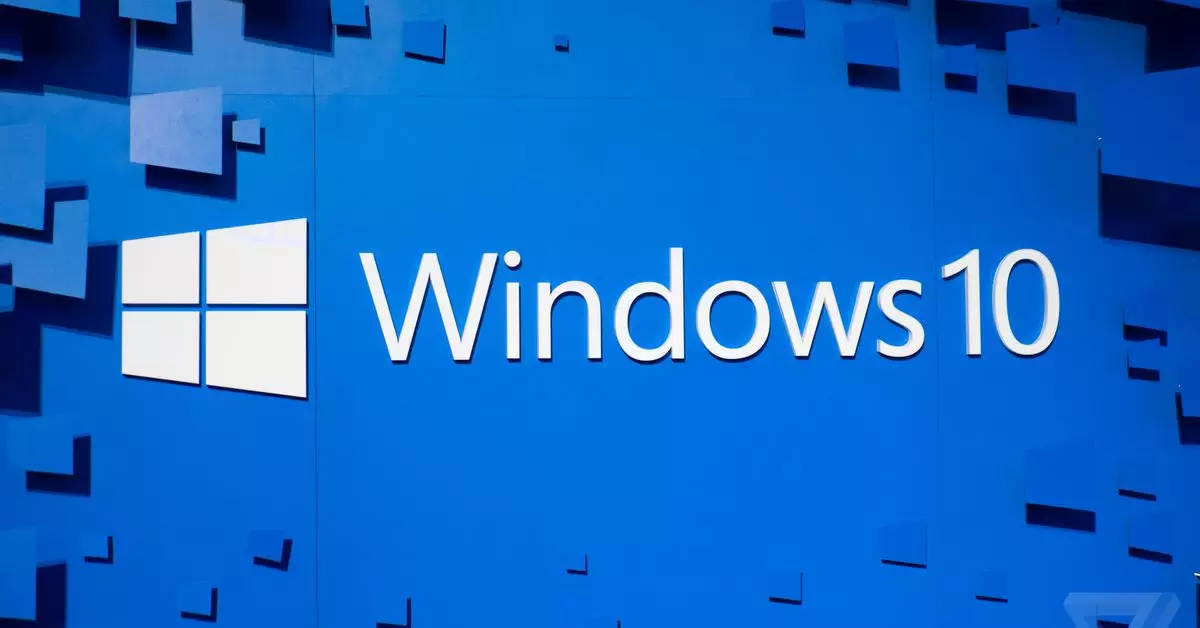Microsoft recently made significant waves within the tech community by announcing that Windows 10 users will have the option to purchase Extended Security Updates (ESU) for an annual fee of $30. This decision comes in light of the impending end of support for Windows 10, scheduled for October 14th, 2025. For consumers, this marks a historic change, as this is the first time such an option will be available at this price point. As Microsoft seeks to direct users towards upgrading to its latest operating system, Windows 11, this strategy prompts a broader discussion about the implications of both the ESU and the shift in operating system standards.
The ESU program signals a pivotal moment for consumers and businesses alike. While businesses may face a fee structure of $61 for one year, escalating to $122 for the second year, and $244 for the third, consumers are provided a streamlined choice—$30 for one year of security updates. Though this option offers some reassurance regarding continued protection against vulnerabilities, the limitations are striking. As Yusuf Mehdi, the executive vice president at Microsoft, notes, enrolled PCs will receive only critical and important security updates, with no new features, bug fixes, or tech support available. This relegation of updates evokes questions about the long-term viability of staying with an OS that will eventually usher in its obsolescence.
Microsoft’s strategic messaging is overtly directed toward encouraging users to embrace Windows 11, especially as support for its predecessor wanes. For many, this transition could necessitate purchasing new hardware, given the stringent requirements imposed by Windows 11, which include only supporting CPUs released from 2018 and mandating devices equipped with TPM security chips. This limited compatibility raises another point of concern: the millions of users who will find themselves unable to transition to the newer operating system without investing in significant upgrades.
Despite this push, the adoption rate for Windows 11 has lagged behind that of Windows 10. However, there have been signs of gradual change, particularly within the gaming community, where Windows 11 briefly overtook Windows 10 as the most popular operating system on Steam in August. Nonetheless, it soon fell back to the second position, indicating potential hesitance from the broader user base to make the switch.
Given the announced ESU pricing and policy, it seems likely that Windows 10 will retain a significant user base through the end of its support lifecycle. Microsoft’s prior stance on ceasing major updates for Windows 10 in 2023 may also contribute to the operating system’s endurance, as it gives users a familiar platform even in the absence of new enhancements. The unusual decision to reopen its beta program for Windows 10 users earlier this year appears to suggest that Microsoft is attempting to bridge the gap between supporting existing users and driving new migration to Windows 11.
Therefore, it is important for users and IT professionals alike to weigh their options thoughtfully. The ease of obtaining security updates for an older OS juxtaposed with the benefits of new features and enhancements in Windows 11 illustrates an ongoing dilemma. The added security that comes from continuing updates speaks to the necessity of maintaining system integrity, while the enhanced user experience promised by Windows 11 presents an enticing alternative.
As Microsoft navigates the challenging waters of OS transitions, both consumers and businesses must remain acutely aware of their choices. The $30 ESU option offers some immediate comfort for Windows 10 users wary of security vulnerabilities, yet it may very well represent a temporary solution as the tech landscape evolves. Ultimately, the critical juncture is upon users; how they proceed—whether to prolong their engagement with Windows 10 or to embrace the future with Windows 11—could shape the next phase of their tech experiences. As the software industry continues to adapt, staying informed and proactive about these changes becomes all the more essential.

